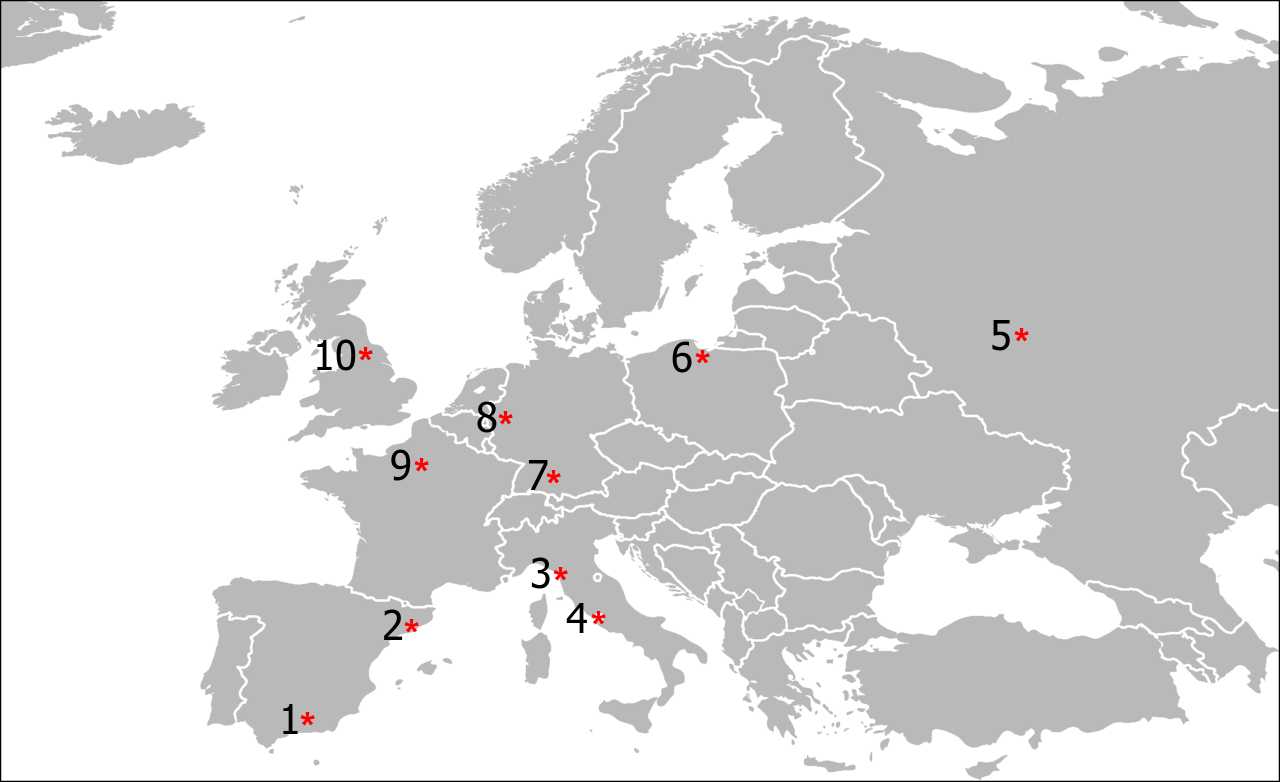
Centuries in the Making Trivia Quiz
Each of the edifices in this quiz took longer than 100 years before it was considered 'finished' in the history books, and one of them is still under construction. You've heard their names, but do you know where they are located?
A label quiz
by reedy.
Estimated time: 3 mins.
